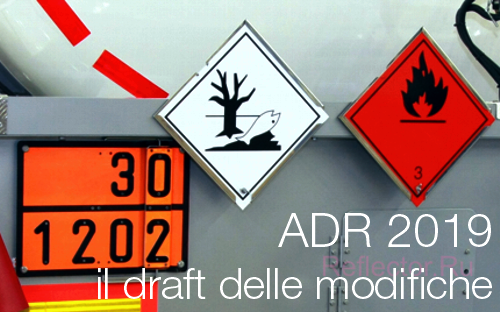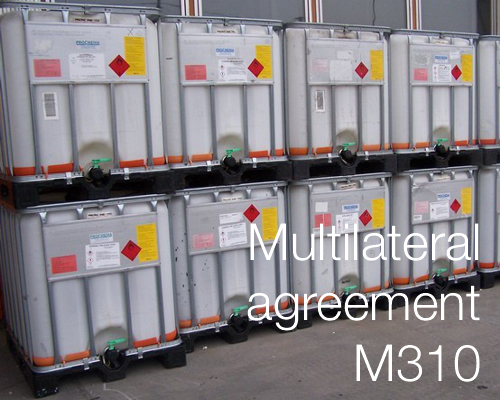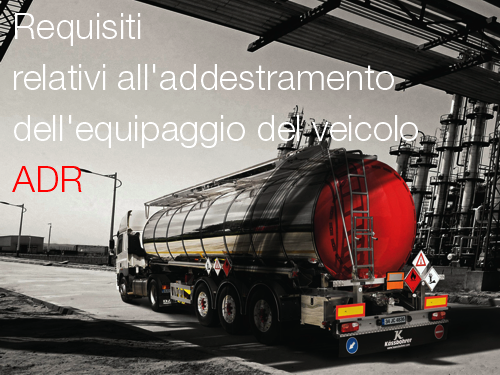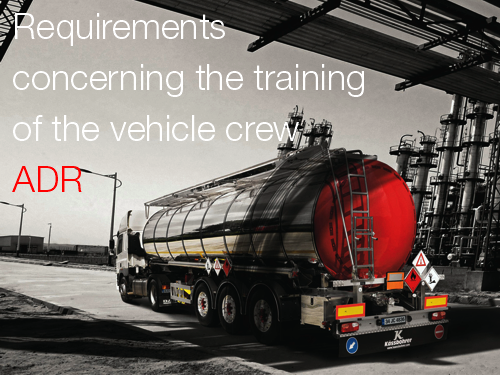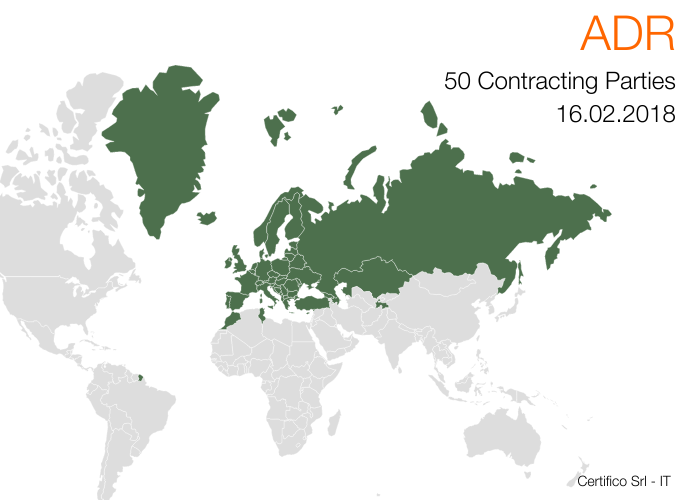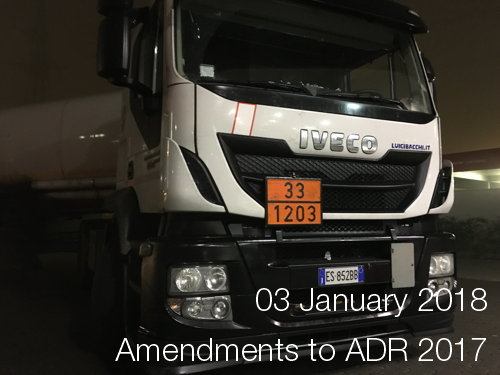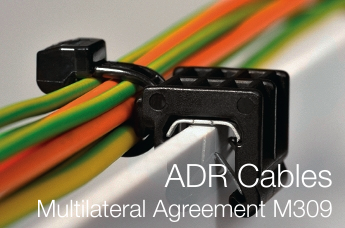Normativa quadro Merci Pericolose | Consolidato 2018
Il testo “Normativa quadro Merci Pericolose”, consolida i testi della Direttiva 2008/68/CE del Parlamento Europeo e del Consiglio del 24 settembre 2008 relativa al trasporto interno di merci pericolose (Direttiva quadro merci pericolose) e del Decreto Legislativo 27 gennaio 2010, n. 35 Attuazione della direttiva 2008/68/CE, relativa al trasporto interno di merci pericolose, con le modifiche dal 2009 al 2018.
Ed. 1.0 del 15 Maggio 2018.
Disponibile, in allegato, il testo consolidato Riservato Abbonati in formato PDF stampabile/copiabile.
Download Indice Ed. 1.0 del 15 Maggio 2018
______
La direttiva 2008/68/CE è la Direttiva quadro dell’UE per il trasporto di merci pericolose:
– su strada | ADR
– su ferrovia | RID
– per via navigabile interna | ADN
….
Ed. 1.0 2018 Normativa quadro Merci Pericolose | Consolidato 2018
Direttiva 2008/68/CE
del Parlamento Europeo e del Consiglio del 24 settembre 2008 relativa al trasporto interno di merci pericolose (GUUE L 260 del 30.9.2008, pag. 13)
Il testo consolidato della Direttiva 2008/68/CE tiene conto delle modifiche intervenute dal 2009 al 2018:
Decisione 2009/240/CE della Commissione del 4 marzo 2009
Decisione 2010/187/UE della Commissione del 25 marzo 2010
Direttiva 2010/61/UE della Commissione del 2 settembre 2010
Decisione 2011/26/UE della Commissione del 14 gennaio 2011
Decisione di esecuzione 2012/188/UE della Commissione del 4 aprile 2012
Direttiva 2012/45/UE della Commissione del 3 dicembre 2012
Decisione di esecuzione 2013/218/UE della Commissione del 6 maggio 2013
Direttiva 2014/103/UE della Commissione del 21 novembre 2014
Decisione di esecuzione (UE) 2015/217 della Commissione del 10 aprile 2014
Decisione di esecuzione (UE) 2015/974 della Commissione del 17 giugno 2015
Decisione di esecuzione (UE) 2016/629 della Commissione del 20 aprile 2016
Direttiva (UE) 2016/2309 della Commissione del 16 dicembre 2016
Decisione di esecuzione (UE) 2017/695 della Commissione del 7 aprile 2017
Direttiva (UE) 2018/217 della Commissione del 31 gennaio 2018
Attuazione della direttiva 2008/68/CE, relativa al trasporto interno di merci pericolose. (G.U. n. 58 dell’ 11.03.2010)
Decreto 16 gennaio 2015 (G.U. n.78 03/04/2015)Decreto 12 maggio 2017 (G.U. n.139 17/06/2017)
…
Formato: pdf
Pagine: +65
Edizione: 1.0
Pubblicato: 15/05/2018
Autore: Ing. Marco Maccarelli
Editore: Certifico s.r.l.
Lingue: Italiano
ISBN: 978-88-98550-746
Abbonati: Abbonati Trasporto ADR/3X/4X/Full



